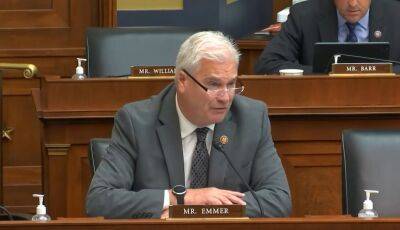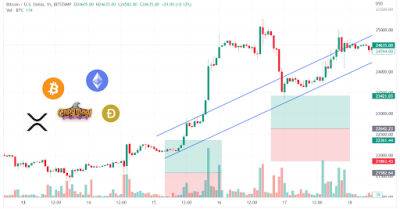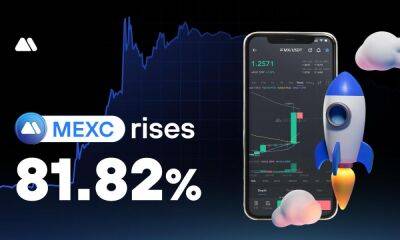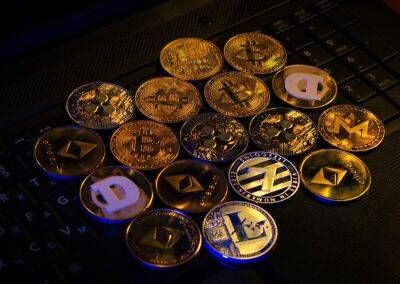You don’t see that every day: Bitcoin empty block found
Bitcoin (BTC) is known for its robustness, security and predictability. Every 10 minutes–on average–the blockchain produces a new block and the successful miner earns a block reward of 6.25 BTC, circa $130,000.
However, every once in a while, the Bitcoin blockchain surprises observers and participants.
At block height 776,339, nodes across the network verified a completely empty block. The block was added to the Bitcoin blockchain with zero included transactions–leading to some confusion among the crypto community. So, what exactly is an empty block, and how does it happen?
First, while an empty block might seem strange at first, it's actually a normal occurrence on the network. The last time it occurred was little over two weeks ago, in block 774486.
Miners are incentivized to mine blocks as quickly as possible, and sometimes they will mine a block before they have received any transactions to include. When this happens, the block remains empty.
The Bitcoin mempool, the go-to space for analysing the Bitcoin blockchain offers the following explanation: “When a new block is found, mining pools send miners a block template with no transactions so they can start searching for the next block as soon as possible. They send a block template full of transactions right afterward, but a full block template is a bigger data transfer and takes slightly longer to reach miners.”
In essence, the miners “got lucky” by mining a template. In this instance, the Bitcoin block at height 776,389 was added mere seconds after its predecessor, 776,488. However, Block 776,388 earned an extra 0.086 BTC or circa $1,854 in fees, which was added to the block reward of 6.25 BTC or circa $135,247.
Even though an empty block doesn't contain any
Read more on cointelegraph.com



![Bitcoin’s [BTC] recovery in question as Russia-Ukraine conflict anniversary nears - ambcrypto.com - Russia - Ukraine](https://finance-news.co/storage/thumbs_400/img/2023/2/23/57023_txh.jpg)

![Maker’s [MKR] consolidation phase underway – is a 10% hike likely? - ambcrypto.com - city Santiment](https://finance-news.co/storage/thumbs_400/img/2023/2/23/56986_pyyws.jpg)


![Will Clemente - Bitcoin [BTC] and S&P 500 part ways, where now for the king coin? - ambcrypto.com - city Santiment - city Santimentit](https://finance-news.co/storage/thumbs_400/img/2023/2/23/56975_hnlau.jpg)

![Fantom [FTM] expected to bounce, but overall bias remains bearish - ambcrypto.com](https://finance-news.co/storage/thumbs_400/img/2023/2/23/56961_hpfr.jpg)



![Solana [SOL] cuts into last week’s gains, retests 50% Fib level - ambcrypto.com](https://finance-news.co/storage/thumbs_400/img/2023/2/23/56950_ytmnd.jpg)


![Dogecoin [DOGE] sinks below $0.085, here’s where buyers can set their bids - ambcrypto.com](https://finance-news.co/storage/thumbs_400/img/2023/2/23/56932_ipokl.jpg)
